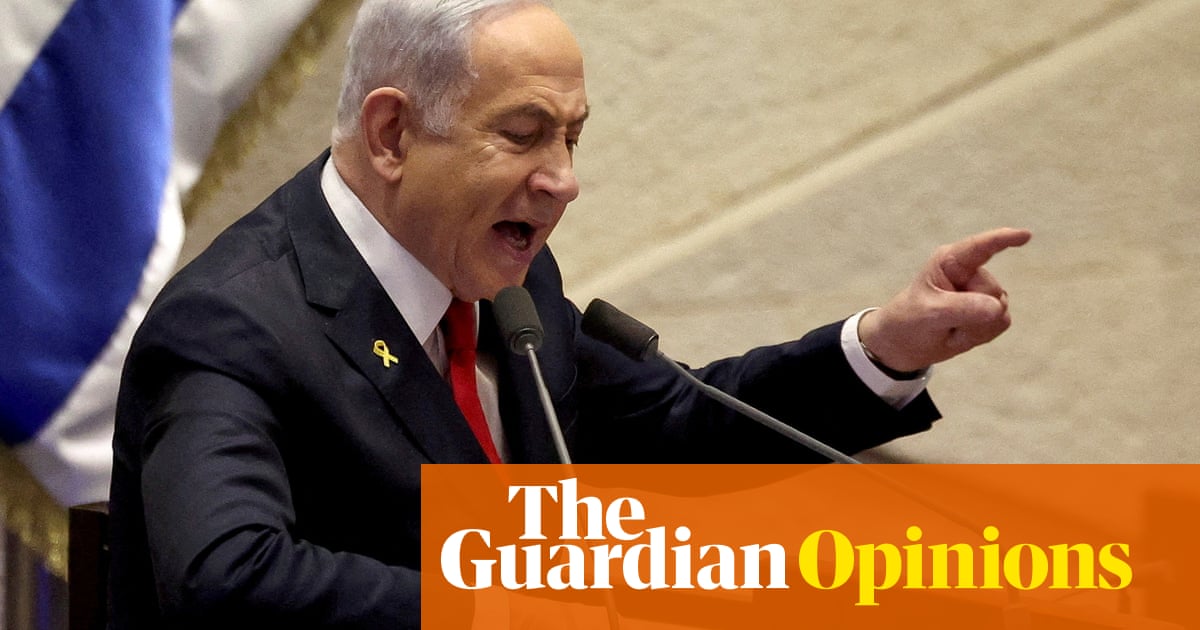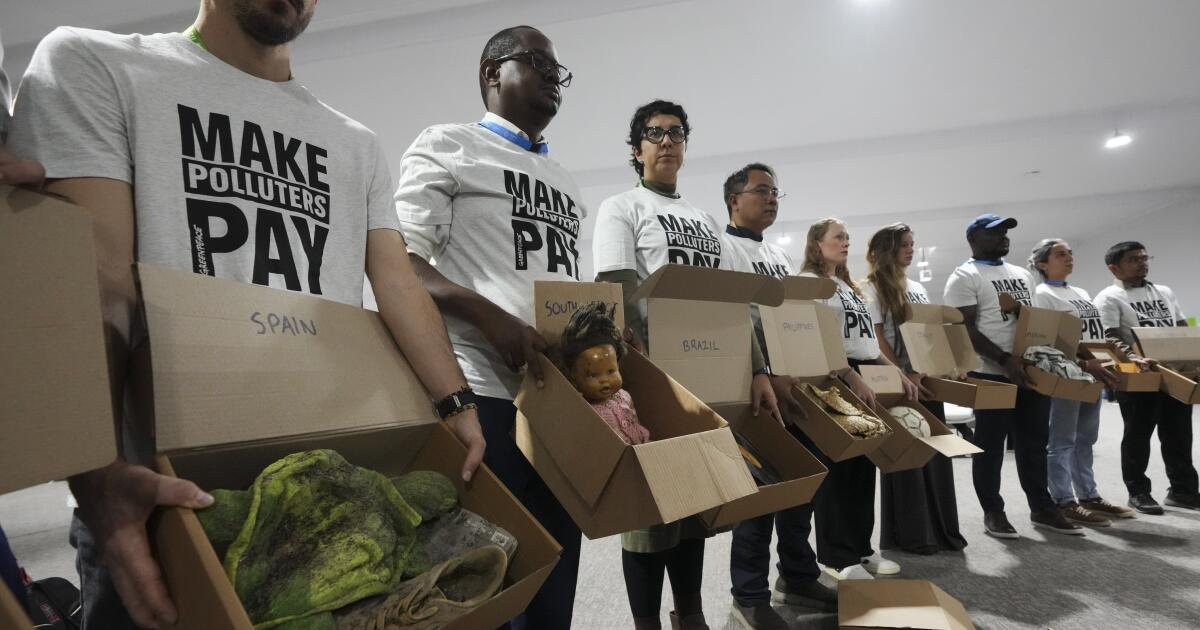I don’t even know how to hold onto all these feelings, let alone thoughts. The whole world seems on fire. I’m dealing with an emergency while the kids beg for homework help. Some of my friends got hit with terrible illnesses, while others dodged a bullet with clear tests. I’m neck-deep in stories about ripping away health care and burning down the economy. And I’m also invited to a birthday party. I check my phone—Ukraine, Gaza, Sudan in shambles—and step outside into a sunny spring day. It’s always chaos in some form; right now, though, it feels like my eyes are open wider. How do you stay open to all of this without burning out?
Then…I stumbled upon this book. It’s more like the book fell over me. “Lost and Found” by Kathryn Schulz, who’s got this knack for making sense of everything connecting back to its opposite. A real head-scratcher, that one. Her narrative spins around losing her dad and finding love with her partner. It’s a wild meditation on living with these contradictions. Everything’s linked, tangled together. Felt like a talk was warranted. And so, welcome, Kathryn Schulz.
Schulz bounces right into the story with her father’s origins that zing between pragmatic and deeply mysterious. Her grandmother escaped Poland just as World War II loomed, getting herself to Tel Aviv. Her father started life there, only to live alone on a kibbutz when still a child. Father missing or dead, who’s to know? Then his family enacts the bizarre path of leaving Palestine for Germany post-war—while most Jewish families fled towards the Holy Land, they shuffled in the opposite direction. Detroit became his teenage home after rounding out a refugee journey.
His early years were marked with shocking amounts of loss. Think about it, born in 1941, amidst whole communities wiped out. At 7, heading from Israel to the chaos of post-war Germany before finally reaching the US. Among the madness, an uncle shot in front of him. Can you imagine?
Yet his personality radiated joy and wit. Languages rolled off his tongue, putting the average articulate person to shame. He chose a path filled with spirit and generosity, never denying his turbulent past but never praising suffering as his sculptor. His two brothers, shaped by the same chaotic forces, diverged into entirely different human beings.
We hit on a deeper question—the balance between cultural attitudes toward trauma and the internal work we do. It’s ponderous how perspectives have swiveled among generations. The stoic survivors of previous eras versus today’s deeply introspective generations don’t necessarily have folks happier. What gives, right?
Back to the hospital days—it’s paradoxical. Riddled with fear yet painted with moments of sweetness. It felt like a bizarre gift, being trapped in this waiting game, interspersed with harsh reality not unlike a drab airport scene, teetering between banal and profound.
Glimpses of music and poetry in a sterile room attempted to bring beauty to the fore. It’s like slapping art over bleakness in hopes it blurs the edges. Her time was deadly dull, filled with inaction and waiting, ceaseless repetitions of hope and inevitability weaving in and out.
This sparks a thought on legacy. We can barely recall great-grandparents’ names—arrant proof of how time erases. Yet is the awareness more ephemerally arresting? Delving into grief, you notice the threading connections of life—grief magnifies beauty and value of the present in a deposit nothing else quite does.
Kathryn’s attention in the book, she admits, got yanked by experiencing both love and loss colliding. These messy overlaps and juxtapositions are the very fabric of living. We don’t languish solely in one feeling but in many at once—sometimes it’s just finding the rhythm to roll with it.
During the pandemic, we all felt the metaphorical whiplash, juggling contradictory experiences, revealing the ultimate truth: life is a montage of contradicting lives and demands. It’s the entanglement where sometimes clarity sparks.
We unravel her knack for capturing thoughts through narrative. The stream-of-consciousness approach echoes in Schulz’s reflection and grip on scale—immense yet intimate. The seemingly minuscule turns vast and vice versa. Like her daughter’s simple act with wheat transforming into a moment of grand moral clarity. Children, in their purity, often brush against profound simplicity we adults overlook.
There’s a concept, James’ ideas on the connective tissue within language, the “ands” that bind, signaling connectivity—and it layers over our chats. Everything is linked, nothing stands grandly alone.
Then there’s the pursuit of happiness—framed in realism, not rose-tinted ideals. It’s about appreciating moments, big or small, in the fleeting brevity of life. Duty emerges, not felt as burdensome but as a peculiar kind of liberation.
Conversations twist, wind, and thread back on themselves—a metamorphosis of thoughts meriting attention. Grim news permeates everyday life, yet within it nestles unparalleled opportunities for joy and meaning, if we’re open enough to see them. The trick might just be learning to sit within this chaos, accepting the myriad layers instead of untangling them perfectly. That’s a dance worth dancing, any day.
















